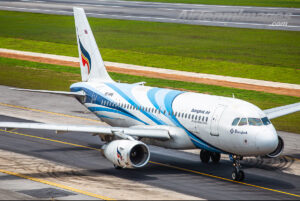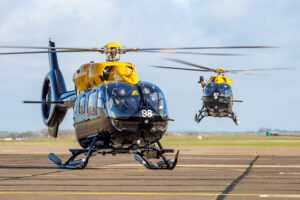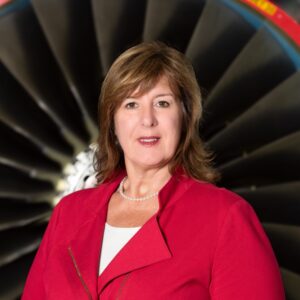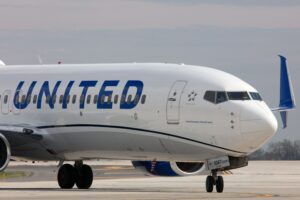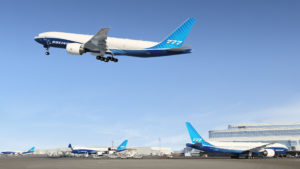What attracted you to this industry?
I have always been fond of technology and engineering – it started from my father and grandfather. My father was involved in motorsports and grandfather was running a farm where I spent most of my free time working and operating machines. After graduating from gymnasium, the decision to study aircraft engineering came very naturally for me. From an early age I knew what I wanted to do and I immediately felt passionate about it.
What does a typical day involve in your role?
From the start of my career, I was directly linked with engineering, getting things maintained, reading manuals and so on. Today, my work mostly involves managing people and working closely with different stakeholders (investors). The nature of my work has changed significantly. The best comparison is this likely scenario: In the early days I felt a satisfaction seeing a component or aircraft leaving our premises well maintained, fast forward to today, I also get satisfaction seeing my colleagues growing as professionals, becoming industry opinion leaders, and taking big decisions. It’s important to create an environment that nurtures the growth of talent, once you achieve this, then everything else (good numbers, great deals, fun, etc.) starts happening organically.
Let’s reflect on 2022 – what were some of the highlights?

On a company level, we exceeded our financial targets by 21% and reached nearly a 40% recovery rate. With that said, not everything is as straightforward and like most aviation companies, we felt the impact of inflation across the board. Despite the current economic circumstances, energy costs, geopolitical instability, labour and supply shortages, during the last quarter of 2022, aviation experienced a traffic increase reaching around 70%, and resulting in 4.7 billion profit industry-wise. This lays the foundation for a promising year compared to 2020, when the annual loss amounted to 138 billion, leading to a substantial industry-wide recovery. However, we can also expect the unexpected due to external circumstances, making 2023 a dynamic and unpredictable year.
What is 2023 likely to bring?
The travel demand is no longer a concern nor a limitation to the recovery. Instead, the main issue is the ability to put capacity into the air. The driving force behind the reason we have seen a similar level of traffic now compared to 2019 is the Chinese market opening like it had prior to Covid. So in 2023, the borders of China will remain fully open.
Despite the increase in demand, capacity remains an issue and goes hand in hand with shortages in supply and the lack of staff. Moreover, as most employees left aviation and integrated into other industries, replacing them is a complex process, and training takes time. But almost all challenges can be turned into opportunities. For example, we’ve implemented an AI-based solution by SkySelect that helps us optimise workflows and uncover new demands, and allowing us to scale. Since the market has become more dynamic than ever, trading and back-to-back buying and selling are making a strong comeback. They are back because of a supply issue as airlines are prudent and want to use and maximise whatever they can. Naturally, they tend to look for providers selling parts as most OEMs are behind in production.
So, we see that manufacturers continue to struggle with production ramp-ups, delaying delivery rate targets by a year. Whereas recovery of demand has been exponential, and the past three years of ‘aviation stoppage’ has caused a shortage of supply. For the above reasons, the ability to source, and do it quickly will be crucial. Moreover, in 2023, cash remains king, and most companies don’t have enough of it, so they are likely to highly prioritise raising cash flow.
Are there any specific trends that you see this far?
With the delays in supply and slower turnaround rates, lots of aircraft were ordered, but the OEMs are behind, so the new aircraft cannot be delivered at the usual rate. This results in older aircraft flying longer, which requires parts, making it both a challenge and an opportunity. But again, these aircraft types have particular issues, whether it’s costly window frame or wing corrosion repairs on an A320, which need adequate and custom solutions.
In terms of the Magnetic Group, what are some of the priorities for the coming 12 months?
We are focusing on further business expansion into new geographic areas and strengthening our presence in the current ones, such as Miami and Kuala Lumpur. Also, due to economic circumstances, we are being more cost-savvy and planning to increase our pricing. Consequently, this year is about turning challenges into opportunities, becoming more lean, agile and learning to navigate and adjust to these global pressing issues more than ever before.



